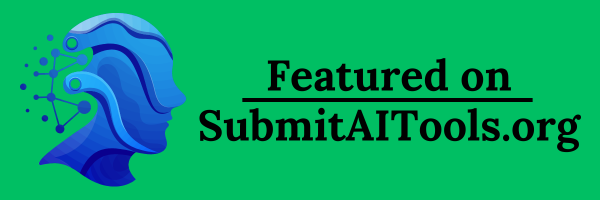Storytelling Techniques
Storytelling Techniques are crucial strategies used by influencers to convey messages in a relatable and engaging manner, helping to build emotional connections with their audience.
Frequently Asked Questions
What are Storytelling Techniques?
Storytelling Techniques are methods employed to craft narratives that capture attention and engage audiences. These techniques can include character development, conflict resolution, thematic storytelling, and the use of visuals or sound to enhance the narrative.
Where are Storytelling Techniques applied?
Storytelling Techniques are utilized across various platforms including social media, blogs, podcasts, videos, and advertising campaigns. They can be found in content created by influencers on platforms like Instagram, TikTok, YouTube, and even traditional media.
When should Storytelling Techniques be used?
Storytelling Techniques can be employed at any stage of an influencer's content creation process. They are particularly effective when introducing new products, sharing brand stories, and when aiming to connect with audiences on a deeper emotional level.
Why are Storytelling Techniques important?
Storytelling Techniques are vital as they help brands and influencers create memorable content that resonates with audiences. They evoke emotions, foster relationships, enhance recall, and ultimately facilitate interactions and conversions.
How can Storytelling Techniques be implemented effectively?
To implement Storytelling Techniques effectively, influencers should focus on authenticity, know their audience, establish a clear narrative arc, and leverage various media formats to tell their stories in a way that is compelling and relatable.
Key Takeaways
In influencer marketing, Storytelling Techniques are essential for crafting narratives that engage and connect with audiences. By leveraging these techniques, influencers can effectively communicate brand values and messages, making content more relatable and impactful.
Hot Glossary Terms
Influencer Marketing
Influencer Marketing is a strategy that leverages the influence of individuals with large followings on social media to promote products or services, aiming to reach a targeted audience effectively.
Social Media Marketing
Social Media Marketing refers to the use of social media platforms and websites to promote a product or service, encouraging user engagement and brand awareness through content creation and sharing.
Content Strategy
Content Strategy is a comprehensive plan aimed at creating, publishing, and managing high-quality content to achieve business goals and enhance user engagement.
Brand Partnerships
Brand Partnerships refer to collaborative relationships between two or more brands or influencers aimed at promoting mutual interests and achieving shared goals through combined marketing efforts.
Engagement Rate
Engagement Rate is a key performance metric in social media and influencer marketing that measures the level of interaction and engagement a piece of content receives from its audience.
Related Terms
Affiliate Marketing Case Study
Affiliate Marketing Case Study provides insights into the effectiveness and strategy of affiliate marketing campaigns through real-world examples, outlining best practices and measurable outcomes.
Legal Considerations in Influencer Marketing
Legal Considerations in Influencer Marketing refers to the rules and regulations that govern the way influencers promote brands and products, ensuring transparency, authenticity, and compliance with advertising standards.
Evaluation Metrics
Evaluation Metrics are essential tools used to measure the performance and effectiveness of influencer marketing campaigns, providing insights into engagement, reach, and overall impact.
Link Cloaking
Link Cloaking is a technique used in digital marketing and influencer marketing to disguise the actual URL of a link, making it appear more user-friendly and less suspicious to audiences.
Lifecycle Marketing
Lifecycle Marketing refers to a marketing strategy that focuses on the various stages a customer goes through in their relationship with a brand, from awareness to purchase and beyond, tailoring marketing efforts to each stage.







